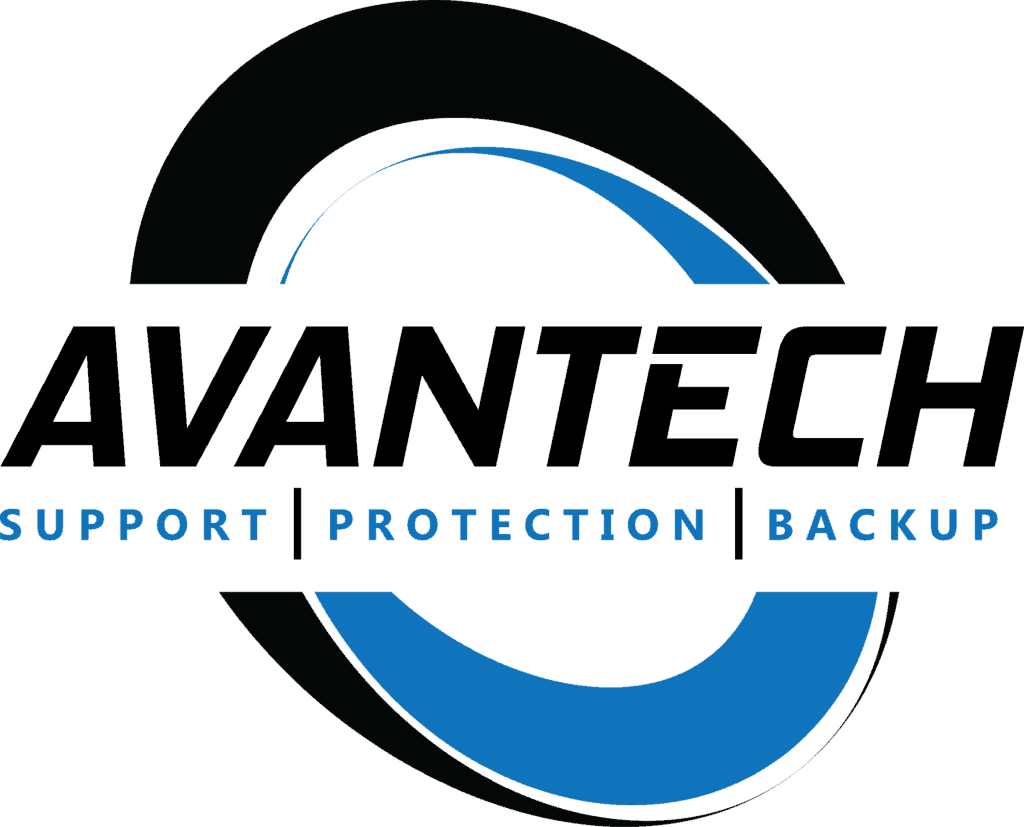Quality IT support is the backbone of all computerized operations in the modern world. However, IT support requires extensive help from a well-trained and equipped IT department. As a small business, the costs of hiring an in-house IT team can limit your business.
Fortunately, by outsourcing your IT needs, you can get more customer-facing tasks done and enjoy full IT support from a dedicated IT team. There are different options for small businesses that wish to outsource IT needs.
Outsourcing models fall under three major categories: location, relationships, and pricing.
Location-Based Outsourcing Instead of an In-House IT Team
This outsourcing framework focuses on the location of your service provider relative to you.
Onshore Outsourcing
Onshore outsourcing occurs when you contract your IT needs to a vendor within your city, state, or country—for example, hiring an IT firm in the U.S. when you live in the U.S. This model reduces language and cultural barriers and helps your business navigate legal contracts. It also supports real-time physical monitoring of operations.
However, small businesses should consider the cost of services before deciding.
Nearshore Outsourcing
In nearshore outsourcing, you partner with an IT contractor in a country nearby, especially within the same time zone. This model allows businesses to lower outsourcing costs while reducing time-zone differences.
However, the model might not always work for all adjacent nations. Countries can have different languages, cultures, and legal systems, even nearby. Lastly, the cost of remote monitoring might not be worth it.
Offshore Outsourcing
Offshore outsourcing moves to a distant location, sometimes on different continents. In this model, companies aim for lower bulk costs without affecting quality. In addition, since businesses can choose from a wider talent pool, they have access to some of the best experts.
However, this model requires less oversight and direct project management. Also, your collaboration and communication systems should be top-notch.
Relationship-Based Outsourcing Instead of an In-House IT Team
This outsourcing framework focuses on how you and the vendor manage ownership and responsibility throughout your contract.
Staff Augmentation Model
IT staff augmentation is an outsourcing model that allows you to increase and lower technical skills in your IT team when needed. You can hire employees to fill a specific position, temporarily or permanently.
- The main advantage is that businesses can rely on an external contractor to provide a skilled IT worker to complement the knowledge and skills of the internal team.
- Furthermore, small businesses can limit the costs and liability of hiring a new internal employee.
- Staff augmentation allows employers to hire remotely.
- Employers can hire IT experts for temporary projects while retaining IP rights.
Managed Service Provider (MSP)
When you hire an MSP, you transfer all, or a specialized part of your IT needs to an external vendor. However, you still retain overall control over the outcome just like with an in-house IT team. The managed provider handles IT requirements from day-to-day software, data storage, security, and technical support for your staff.
- MSPs are great for small businesses because they provide 24/7 access to quality IT support at a low cost. You can access trained and skilled employees at an agreed monthly or annual price without recruiting, hiring, managing, or compensating the employees.
- MSPs are scalable. Depending on the season, you can increase or lower your IT needs without affecting workflow.
- The pay-as-you-go payment model allows you to pay only for what you require and use.
- Unfortunately, MSPs expose you to your vendor’s liability. For example, if the vendor has a database breach, it could expose your private business information. Fortunately, you can create criteria for hiring the right MSP for your small business.
Project-Based Outsourcing Works as Well as an In-House IT Team
Project-based outsourcing enables small businesses to partner with an external IT vendor for the duration of a project. In this case, you outsource all the project details to the IT expert but provide the outline and the desired outcome.
- This type of outsourcing model is suitable for projects that are non-core to your main business and allows you to delegate the project entirely.
- It’s also advantageous for irregular, one-off, and pilot IT projects.
Price-Based Outsourcing Models Instead of an In-House IT Team

The pricing structure of outsourced services may change depending on the type of work, amount of work, and contract duration.
Fixed-Price (FP) Model
The fixed-price model sets a fixed budget for a project, regardless of the time and resources required to provide the outcome.
- The main advantage for the client is that they can set and plan for a fixed budget.
- This model works best for projects with defined scopes and without changing requirements.
- Unfortunately, any changes to the requirements and scope of the project may trigger conflict between you and an IT vendor and delay IT project deadlines.
- Furthermore, if the client under budgets the project, the IT vendor may lower the quality of services.
Time and Material (T&M) Model
The T&M model is an outsourcing model where you (the client) only pays for time and materials used during a project. For an IT project, this may include the devices, software, internet, and offices.
- The T&M model works when you don’t have clearly defined specifications for a project. Since you can manage the time and materials, you can control the development costs and timelines.
- You can also use the T&M model for unmethodical and unpredictable tasks.
- This model is also excellent for controlling a project and retaining agility.
Shared Risk-Reward Model
The shared risk-reward model contains a flat rate while allowing you to offer hold on to incentives until the outsourced partner achieves a specific goal. Usually, this model works when the client and outsourced vendor work on a particular project and share funding costs.
Once the sales kick in, the client pays the vendor profits for a defined period.
Incentive-Based Model
An incentive-based pricing model is often an addition to fixed-price and time and material outsourcing models. In this model, you can pay a supplemental fee to the outsourced IT vendor for meeting performance goals beyond what is agreed upon in a contract.
However, this model also requires precise outcomes and measurable results. You may find yourself paying for additional services that aren’t beneficial for your business without precise metrics and desired results.
Can’t Afford an In-House IT Team? Find U.S. Based IT Support for Your Small Business
Outsourcing your IT needs to an MSP helps you focus on the core activities of your small business while enjoying a smooth digital experience. Avantech offers world-class IT support, cybersecurity services, and maintenance solutions. Contact us today at 1-800-681-5470 or fill out our online form for more information.

